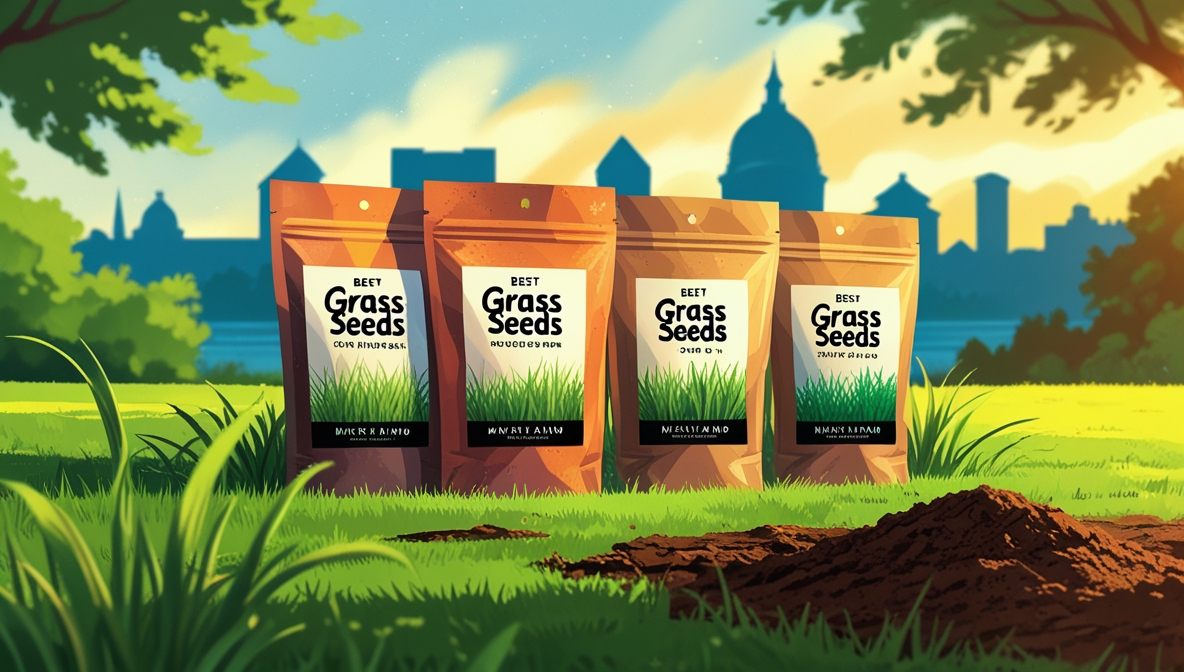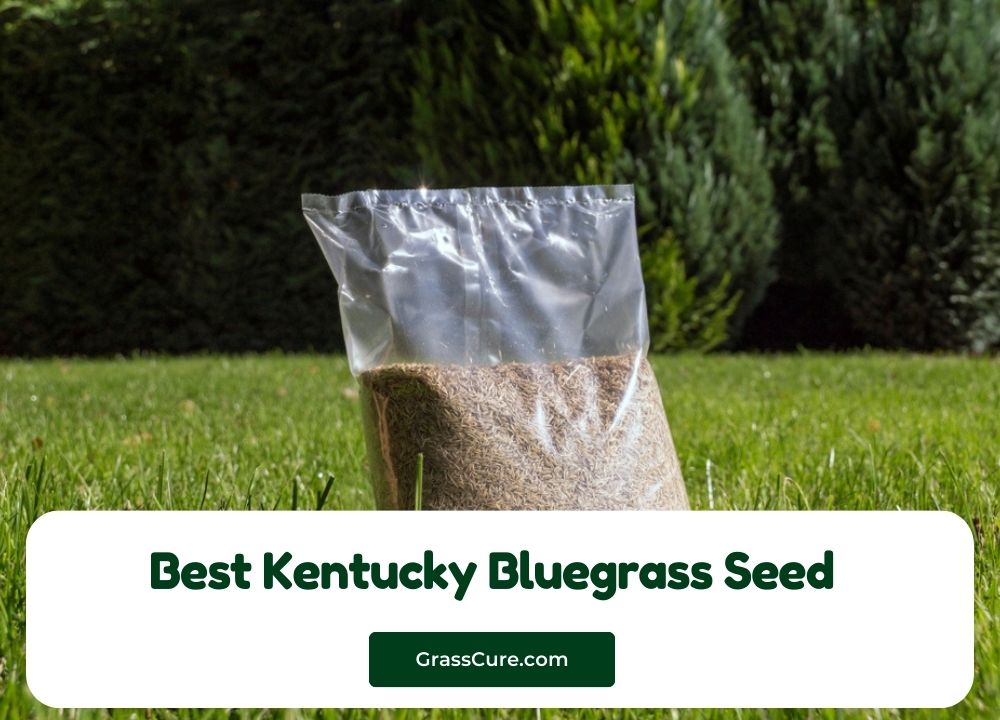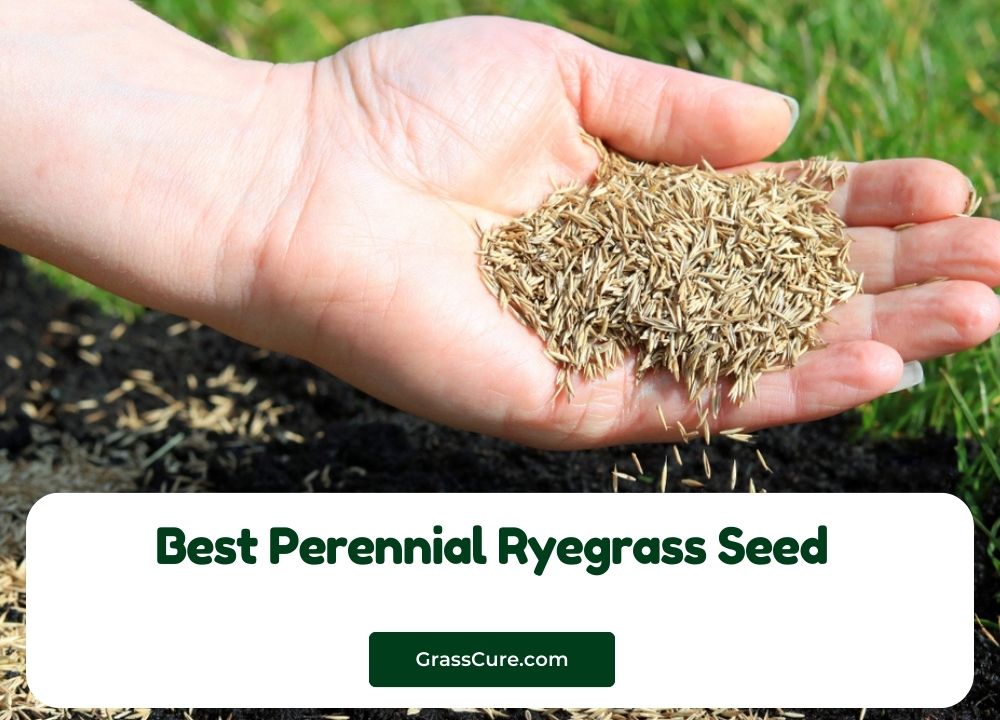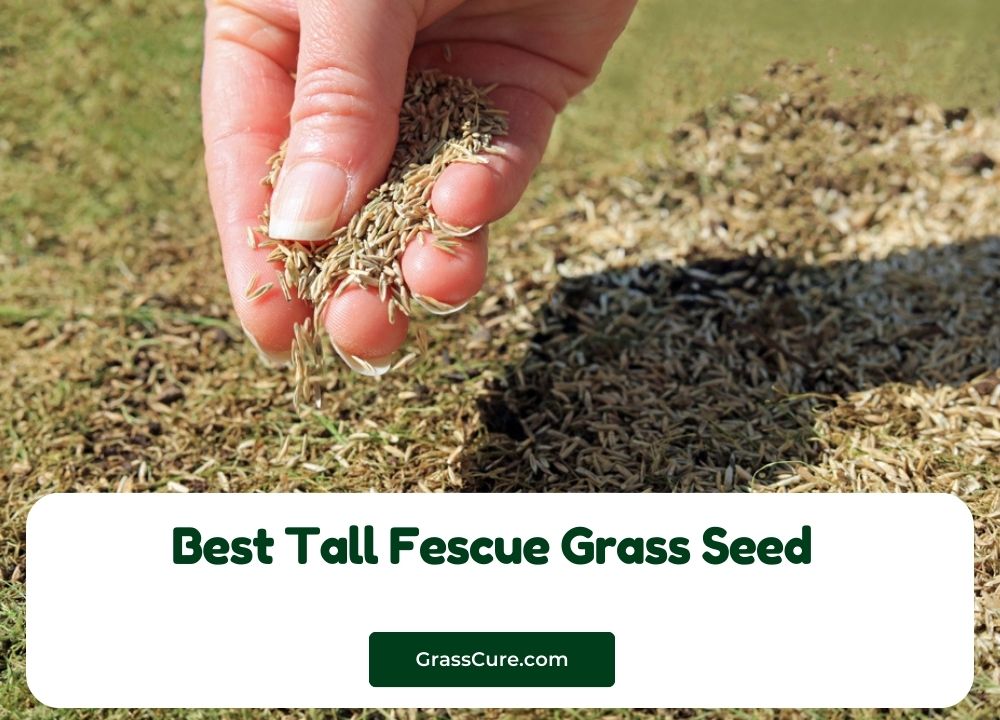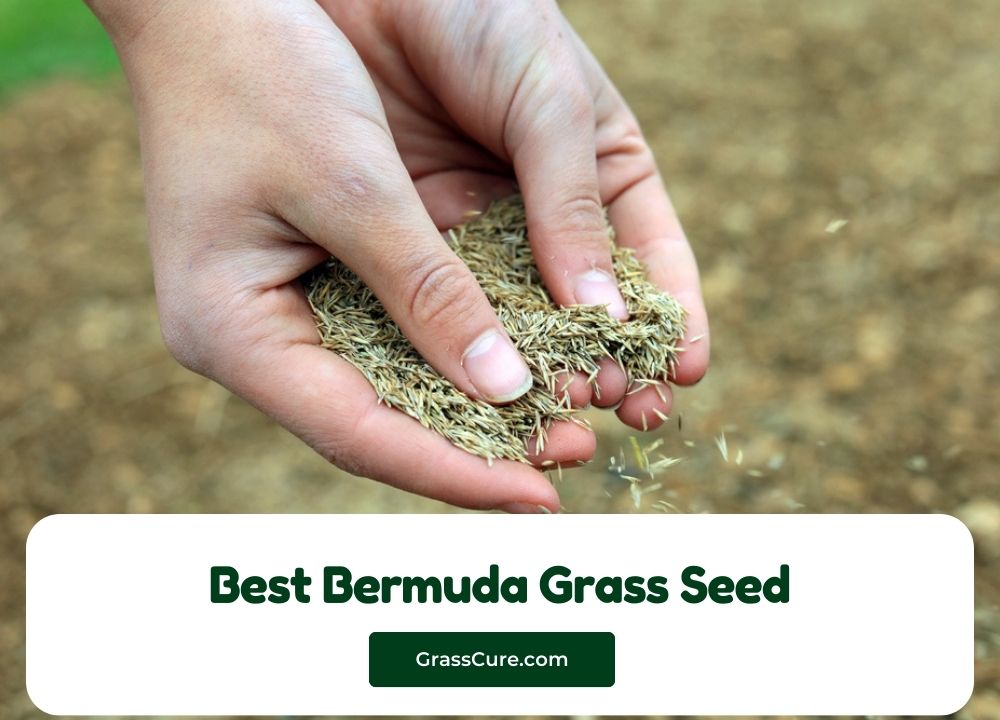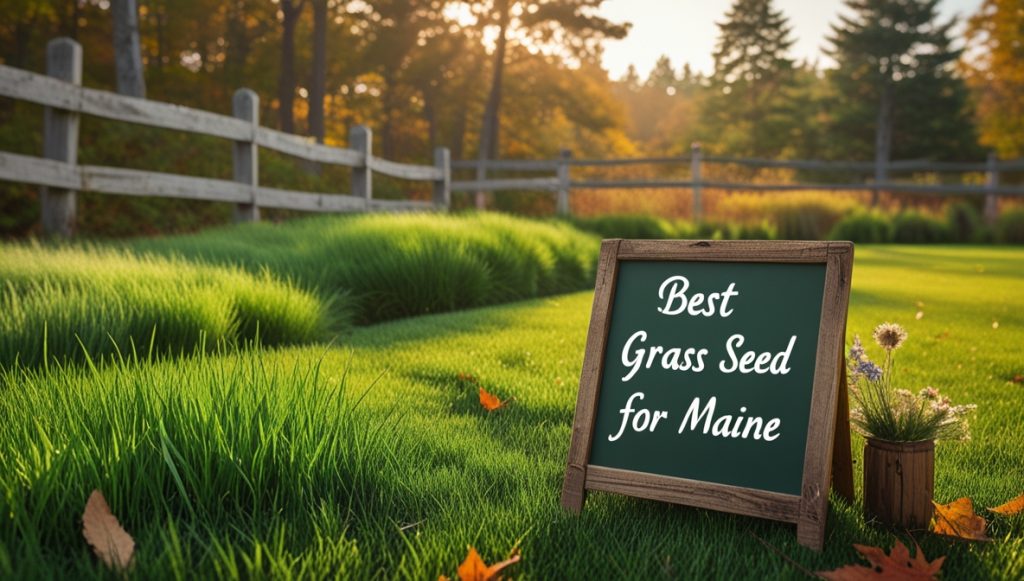Choosing the perfect grass seed can transform your Maryland lawn from drab to fab. This guide helps you navigate the options, ensuring a lush, healthy lawn that thrives in the state’s diverse climate. We’ll explore the best grass seed for Maryland, considering factors like climate, sunlight, and traffic.
Contents
- Choosing the Right Grass Seed for Maryland
- Understanding Maryland’s Climate Zones
- Cool-Season vs. Warm-Season Grasses
- Top Performing Grass Seed Varieties
- Factors Affecting Grass Seed Selection
- Tall Fescue: A Popular Maryland Choice
- Fine Fescue: For Shade and Low Traffic
- Kentucky Bluegrass: Classic Lawn Option
- Ryegrass: For Quick Germination & Repair
- Maintaining a Healthy Maryland Lawn
Choosing the Right Grass Seed for Maryland
Selecting the right grass seed is crucial for a thriving Maryland lawn. The success of your lawn depends heavily on choosing a variety well-suited to your specific conditions. Consider factors such as sun exposure, soil type, and your desired level of maintenance. This decision will significantly impact the appearance and health of your lawn for years to come. Careful consideration now will save you time and effort later.
By understanding your lawn’s needs and the characteristics of different grass types, you can make an informed choice that leads to a beautiful and resilient lawn. This guide will walk you through the process, helping you select the best grass seed for your Maryland property, ensuring a vibrant green space you can enjoy.
Understanding Maryland’s Climate Zones
Maryland boasts a diverse climate, spanning several USDA Plant Hardiness Zones. This variation significantly impacts the types of grass that will flourish. Coastal areas experience milder winters and humid summers, while western Maryland enjoys cooler temperatures and potentially harsher winters. Therefore, understanding your specific zone is paramount.
Consequently, the grass seed you choose should be appropriate for your local conditions. For example, a variety thriving in Zone 7a might struggle in Zone 6b. Checking your specific zone on the USDA Plant Hardiness Zone Map is the first step in selecting the right grass seed for your Maryland lawn.
Cool-Season vs. Warm-Season Grasses
Maryland’s climate makes cool-season grasses the superior choice for most homeowners. These grasses thrive in the cooler temperatures of spring and fall, remaining relatively dormant during the hot summer months. Conversely, warm-season grasses perform best in hot, humid conditions and struggle in Maryland’s cooler periods.
Therefore, focusing on cool-season grasses like tall fescue, fine fescue, Kentucky bluegrass, and ryegrass will generally yield the best results. While warm-season grasses might be suitable for very specific microclimates within the state, they are not commonly recommended for the majority of Maryland lawns.
Top Performing Grass Seed Varieties
Several grass seed varieties consistently perform well in Maryland lawns. These include tall fescue, fine fescue, Kentucky bluegrass, and ryegrass. Each offers unique characteristics, making them suitable for different needs and preferences. The best choice will depend on your specific site conditions and expectations.
Furthermore, consider factors like shade tolerance, traffic resistance, and maintenance requirements when selecting from these top performers. We’ll delve deeper into the characteristics of each variety in the following sections, providing a clearer picture of which might be the best fit for your Maryland lawn.
Factors Affecting Grass Seed Selection
Beyond climate zone, several other factors significantly influence grass seed selection. Sunlight exposure is critical; some grasses tolerate shade better than others. Soil type also plays a crucial role; well-drained soil is generally preferred. Finally, consider the level of traffic your lawn experiences.
In addition, your personal preferences regarding maintenance should be factored into your decision. Some grasses require more frequent mowing and fertilization than others. By carefully considering all these factors, you can choose a grass seed that aligns perfectly with your lifestyle and landscaping goals.
Tall Fescue: A Popular Maryland Choice
Tall fescue is a highly popular choice for Maryland lawns due to its hardiness and adaptability. It tolerates a wide range of conditions, including partial shade, and requires relatively low maintenance. Its deep root system makes it drought-tolerant once established.
Moreover, tall fescue offers excellent wear tolerance, making it ideal for areas with moderate foot traffic. Its dark green color contributes to a visually appealing lawn. For a durable, low-maintenance lawn that can withstand Maryland’s variable conditions, tall fescue is an excellent option.
Fine Fescue: For Shade and Low Traffic
If your Maryland lawn receives significant shade, fine fescue is an excellent alternative. It thrives in low-light conditions, outperforming other grasses in shady areas. However, it’s less tolerant of heavy foot traffic than tall fescue.
As a result, fine fescue is best suited for lawns with minimal traffic, such as ornamental areas or those under trees. Its finer texture creates a soft, lush appearance, making it a desirable choice for aesthetically-focused homeowners.
Kentucky Bluegrass: Classic Lawn Option
Kentucky bluegrass remains a classic lawn choice, prized for its attractive, dense turf. It forms a beautiful, even lawn, but it demands more care than other options. It prefers full sun and well-drained soil and is susceptible to drought stress.
Nevertheless, its vibrant green color and soft texture make it a popular choice for those willing to invest the extra effort in maintenance. It provides a lush, carpet-like lawn, but requires regular fertilization and watering to maintain its health and appearance.
Ryegrass: For Quick Germination & Repair
Ryegrass is frequently used for quick germination and lawn repair. Its rapid growth makes it ideal for filling bare patches or establishing a new lawn quickly. However, it’s generally not as long-lasting as other cool-season grasses.
Specifically, ryegrass is often used as an overseeding option in the fall to enhance the winter color of a lawn. It provides a temporary boost of green but will eventually thin out. It’s a valuable tool for short-term solutions but not a long-term solution for the entire lawn.
Maintaining a Healthy Maryland Lawn
Regardless of the grass seed you choose, proper maintenance is essential for a healthy Maryland lawn. Regular mowing at the correct height, consistent watering, and appropriate fertilization are crucial. Testing your soil to determine its pH and nutrient levels is also recommended.
In conclusion, proactive weed control and pest management will further contribute to a thriving lawn. By following these maintenance practices, you can prolong the life of your lawn and ensure its continued beauty and health, regardless of the grass seed variety you’ve selected.
Selecting the best grass seed for Maryland involves considering several factors, from climate zone to sunlight and traffic levels. By understanding these factors and choosing a variety that aligns with your specific needs and preferences, you can create a lush, healthy lawn that will enhance the beauty of your property for years to come. Remember to maintain your lawn properly to ensure its continued health and vibrancy.
